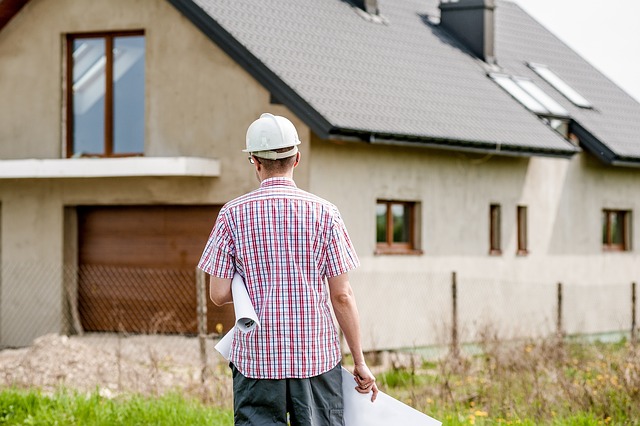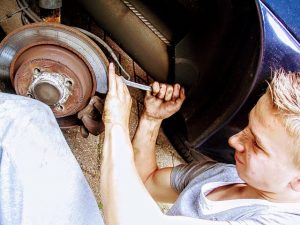Homeowners can improve their skills in home repair and maintenance by learning basic troubleshooting techniques for common appliance issues. Understanding issues like temperature regulation problems or unusual noises allows them to perform minor repairs themselves, saving time and money. Installation requires careful planning, safety measures, and type-specific processes, followed by testing. Regular maintenance, including cleaning, inspection, and preventing overloading, extends appliance lifespans and avoids costly repairs.
Looking to tackle appliance installation or repair? This comprehensive guide covers all your needs, from identifying common issues and their solutions, to a step-by-step installation process, to expert tips for preventive maintenance. Whether you’re a DIY enthusiast or simply want to be prepared, these insights will empower you to navigate home repair and maintenance like a pro.
- Understanding Common Appliance Issues and Their Solutions
- The Process of Appliance Installation: A Step-by-Step Guide
- Tips for Effective Appliance Maintenance to Prevent Repairs
Understanding Common Appliance Issues and Their Solutions

Many common appliance issues can be easily diagnosed and resolved by homeowners, saving time and money on potential service calls. Refrigerators, for instance, often struggle with temperature regulation, which could be due to a faulty thermostat or a blocked air filter. A simple check of these components and a cleaning of the coils can often resolve this issue. Washing machines may exhibit unusual noises or performance problems, typically indicating a loose connection, a worn-out drum bearing, or a clogged drain pump. Addressing these issues promptly through basic troubleshooting techniques is key to maintaining efficient home repair and maintenance routines.
Oven malfunctions are another frequent concern, ranging from heating elements that need replacing to temperature controls that have become inaccurate. In some cases, a simple reset of the control board might suffice, while others may require professional attention. Understanding these common problems and their potential solutions equips homeowners with valuable skills for home repair and maintenance, empowering them to tackle minor appliance repairs independently.
The Process of Appliance Installation: A Step-by-Step Guide

Appliance installation is a critical aspect of home repair and maintenance that requires careful planning and execution. The process begins with assessing your space to ensure the appliance fits properly. Measurements are crucial to guarantee the new appliance aligns with existing infrastructure, such as power outlets and water connections. Once you’ve confirmed the fit, it’s time to prepare for installation. This step includes gathering all necessary tools and materials, ensuring a safe work area, and turning off relevant utilities like gas or electricity to prevent accidents during the process.
The actual installation varies based on the appliance type but generally involves connecting electrical wiring, plumbing lines, or both. For instance, installing a new refrigerator entails securing it firmly in place, connecting its water line for ice and water dispensers, and ensuring proper electrical connections. Ovens and ranges require careful setup to avoid gas leaks and ensure they’re securely fastened. After completion, testing is essential to verify functionality and safety. This involves checking power supply, water pressure, and temperature controls before finally turning on the appliance.
Tips for Effective Appliance Maintenance to Prevent Repairs

Regular maintenance is key to preventing appliance breakdowns and costly repairs. Start by creating a schedule for routine checks, focusing on high-use areas like your kitchen and laundry room. Simple tasks such as cleaning dust from vents and filters, checking connections for loose parts, and ensuring proper ventilation can go a long way in maintaining efficiency. Using the right cleaning agents and avoiding overloading appliances also contributes to their longevity.
For instance, washing machines should be allowed to air dry after cycles, preventing the growth of mold. Regular inspection of water lines for leaks or corrosion can stop sudden failures. In addition, keeping appliances uncluttered allows for better airflow, reducing wear and tear. Incorporating these preventive measures into your home repair and maintenance routine will help extend the lifespan of your appliances, saving you time and money in the long run.
Appliance installation, repair, and maintenance are essential aspects of home repair and maintenance. By understanding common issues, following step-by-step guides, and adopting preventive measures, homeowners can keep their appliances running smoothly for years. These skills not only save costs but also ensure a more efficient and comfortable living environment. Incorporating regular care into your routine can prevent costly repairs and extend the lifespan of your household appliances.
